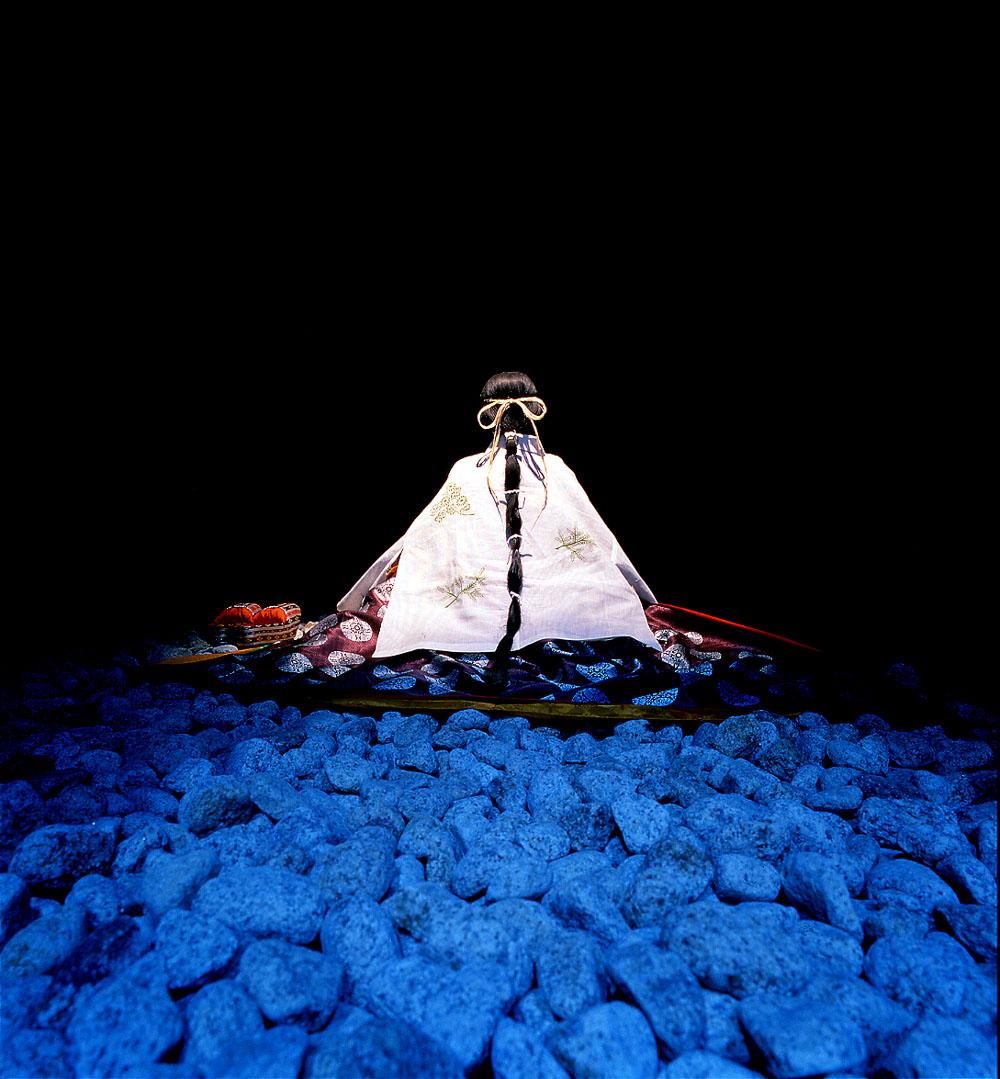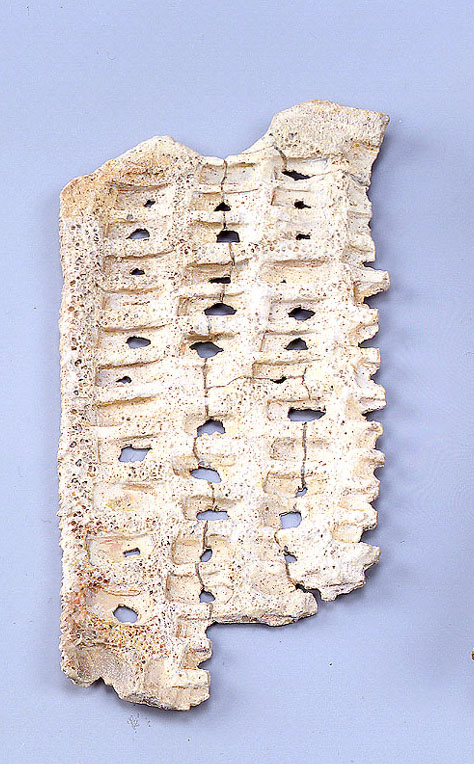Appointment of the Saio
Saio offering prayers
 The woman with her back to us is the Saio, shown here offering prayers to a kami (deity). To serve the kami, the Saio was required to be pure in both body and mind.
The woman with her back to us is the Saio, shown here offering prayers to a kami (deity). To serve the kami, the Saio was required to be pure in both body and mind.A new Saio was appointed each time a new emperor came to the throne. When the emperor abdicated or passed away, the Saio retired.
The Saio system is thought to have originated in the second half of the seventh century. The earliest known Saio was Princess Oku (661–701). Oku’s father was Emperor Tenmu, credited with establishing the first centralized government in ancient Japan. The Saio system lasted until the first half of the 14th century, resulting in the appointments of over 60 Saio over a period of about 660 years.
Appointment of the Saio
 The Engishiki is a legal compendium compiled in the 10th century. The Engishiki prescribed that a new Saio be chosen when a new emperor was enthroned. pination was used to select the Saio from among the unmarried female member of the imperial family. The pination was carried out by heating tortoise shells, and then reading the pine will in the resulting cracks.
The Engishiki is a legal compendium compiled in the 10th century. The Engishiki prescribed that a new Saio be chosen when a new emperor was enthroned. pination was used to select the Saio from among the unmarried female member of the imperial family. The pination was carried out by heating tortoise shells, and then reading the pine will in the resulting cracks.The newly appointed Saio spent an entire year secluded from the secular world in a room within the imperial palace. She then moved to a temporary palace built on the outskirts of the capital, where she spent another year isolated from the secular world. Her subsequent relocation to Ise, where the Saiku was situated, usually took place two or three years after her appointment.
